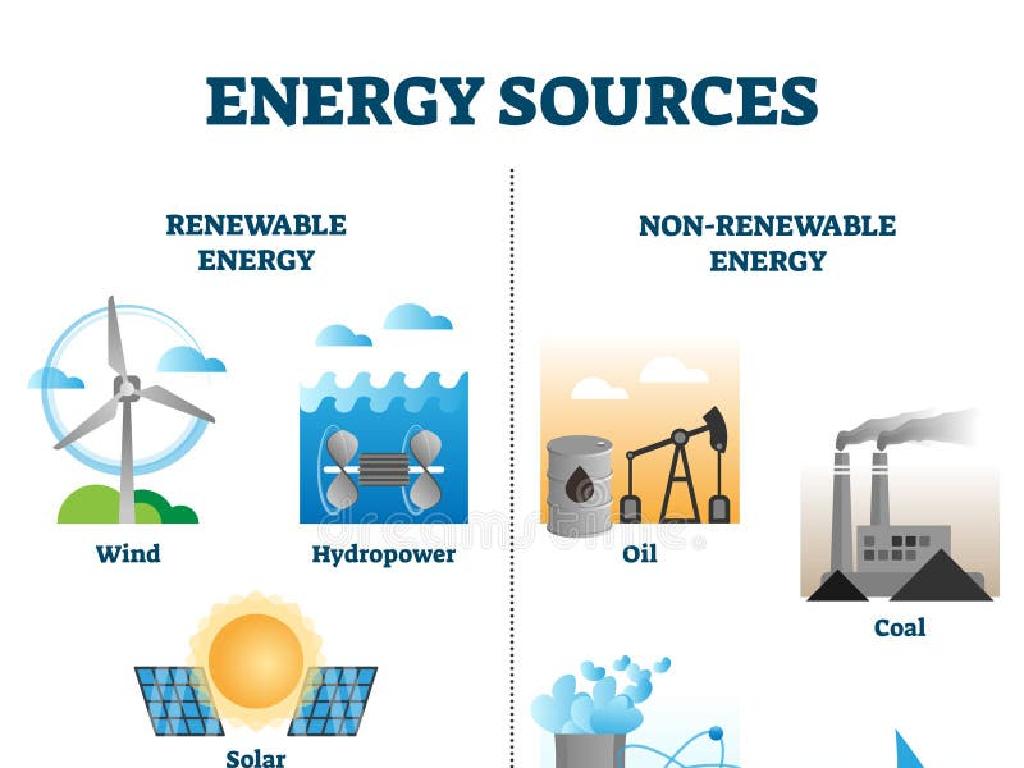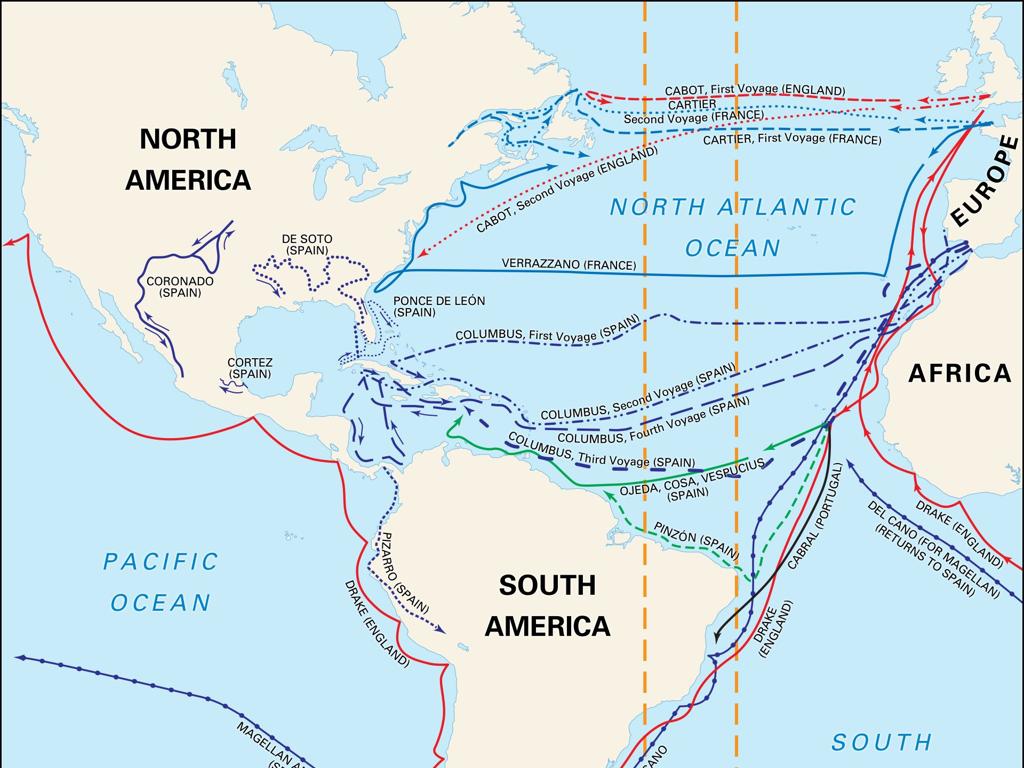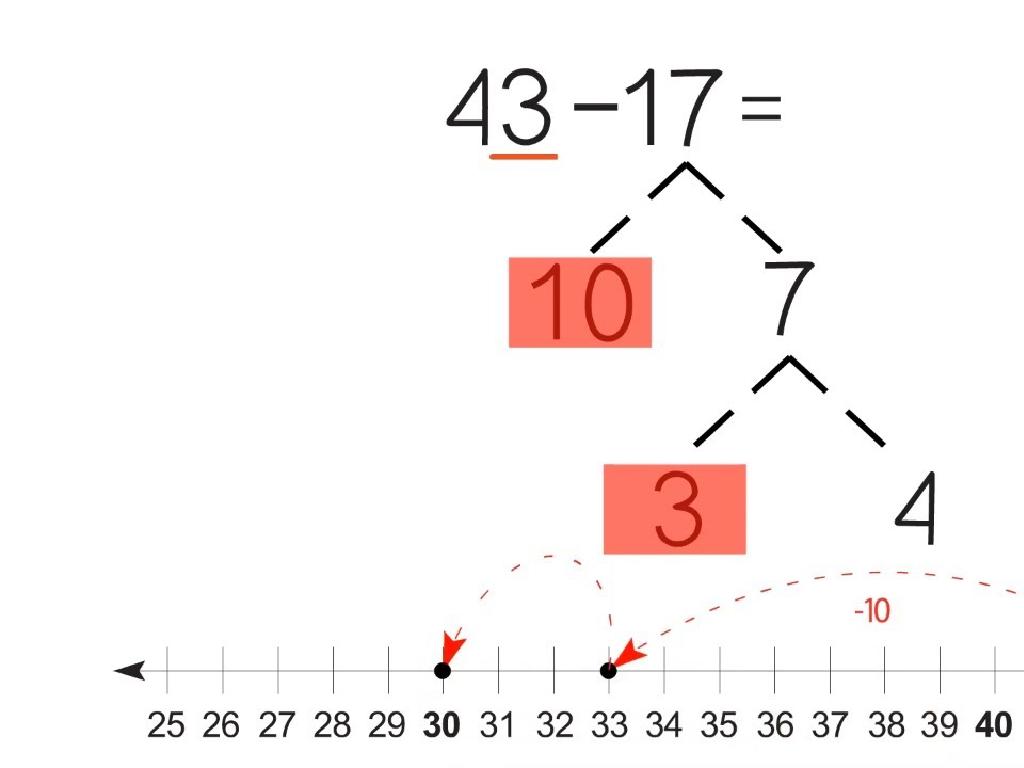Identify The Photosynthetic Organism
Subject: Science
Grade: Sixth grade
Topic: Photosynthesis
Please LOG IN to download the presentation. Access is available to registered users only.
View More Content
Welcome to Photosynthesis!
– Plants make their own food
– Using sunlight, water, and CO2, plants produce glucose.
– Meet photosynthetic organisms
– Organisms like green plants, algae, and some bacteria use photosynthesis.
– Photosynthesis: Earth’s lifeline
– It’s the process that fuels the food chain and produces oxygen.
– Exploring the importance
– Without photosynthesis, there would be no food or oxygen for life.
|
This slide introduces students to the concept of photosynthesis, the process by which plants and other organisms convert light energy into chemical energy that can later be released to fuel the organisms’ activities. Emphasize that photosynthesis is not just about plants but includes other organisms like algae and certain bacteria. Discuss why photosynthesis is essential for life on Earth, highlighting its role in the food chain and oxygen production. Encourage students to think about the broader implications of photosynthesis on ecosystems and our planet’s health. This will set the foundation for understanding the significance of photosynthetic organisms in maintaining life on Earth.
Understanding Photosynthesis
– Define photosynthesis
– Process by which plants make food using sunlight
– Photosynthesis chemical equation
– 6CO2 + 6H2O + light energy C6H12O6 + 6O2
– Light to chemical energy conversion
– Chlorophyll in plants absorbs sunlight, transforming it into glucose
– Photosynthesis importance
|
Photosynthesis is a fundamental biological process that allows plants to produce food and oxygen, which are essential for life on Earth. Begin with the definition, ensuring students understand that it’s how plants make their own food using sunlight, water, and carbon dioxide. Introduce the chemical equation, which summarizes the reactants and products of photosynthesis. Highlight the role of chlorophyll in capturing light energy and converting it into chemical energy stored in glucose. Emphasize the importance of photosynthesis in the food chain and in maintaining atmospheric oxygen levels. Use diagrams to illustrate the process and encourage students to think of questions about how plants grow and the role of sunlight.
The Role of Chlorophyll in Photosynthesis
– Chlorophyll: green plant pigment
– Chlorophyll gives plants their green color and is crucial for photosynthesis.
– Captures sunlight for energy
– It absorbs light, mostly in the blue and red spectrum, and uses it to power the process.
– Essential for photosynthesis process
– Chlorophyll in the chloroplasts captures light energy to convert water and carbon dioxide into glucose.
– Converts light to chemical energy
– This energy conversion sustains the plant and provides energy for other organisms.
|
Chlorophyll is a vital component for photosynthesis, the process by which plants make their own food using sunlight. It’s the green pigment that allows plants to absorb energy from light. During photosynthesis, chlorophyll absorbs sunlight and initiates a chain of chemical reactions that convert carbon dioxide and water into glucose, a sugar that plants use for energy. This slide will explain the importance of chlorophyll in capturing sunlight and its role in transforming light energy into chemical energy. Students should understand that without chlorophyll, the photosynthesis process could not occur, and life on Earth would be drastically different.
Exploring Photosynthetic Organisms
– Photosynthesis beyond plants
– Algae and some bacteria also use photosynthesis.
– Diversity in photosynthetic life
– From tiny algae to giant redwoods, photosynthesis is widespread.
– Adaptations for photosynthesis
– Features like leaf size and chloroplasts help organisms photosynthesize.
– Photosynthesis in various habitats
|
This slide aims to broaden the students’ understanding of photosynthesis beyond the common notion that only plants can photosynthesize. Highlight that algae and certain bacteria, like cyanobacteria, also have the ability to convert light energy into chemical energy. Discuss the wide range of organisms that can photosynthesize, emphasizing the diversity of species and sizes. Explain the various adaptations that enable these organisms to capture sunlight efficiently, such as different leaf sizes, shapes, and the presence of chloroplasts. Encourage students to think about how these adaptations help organisms photosynthesize in different environments, from underwater to dense forests. This will help students appreciate the complexity and importance of photosynthesis in ecosystems.
Exploring Photosynthetic Organisms
– Traits of photosynthetic life
– Green color, presence of chlorophyll, and sunlight absorption
– Microscopic view of chloroplasts
– Chloroplasts are where photosynthesis happens; they’re visible as green structures
– Lab activity: Spot the photosynthesizers
– Understanding photosynthesis role
– Photosynthesis is crucial for energy conversion in plants and some bacteria
|
This slide introduces students to the characteristics of photosynthetic organisms, such as plants and certain bacteria, which can make their own food using sunlight. Emphasize the green pigment chlorophyll, which is key for capturing light energy. During the microscope activity, guide students to identify chloroplasts, the cellular structures where photosynthesis occurs. The lab activity should involve examining leaves or algae under a microscope to find chloroplasts. For the activity, prepare slides with different plant cells, algae samples, and non-photosynthetic cells for comparison. Discuss the importance of photosynthesis in converting solar energy into chemical energy, which is essential for life on Earth. This hands-on experience will help solidify their understanding of how to identify organisms that can perform photosynthesis.
Photosynthesis in Our Lives
– Oxygen from photosynthesis
– Plants release oxygen as a byproduct, which we breathe.
– Photosynthesis in food chains
– Plants are producers; they support life by forming the base of food chains.
– Environmental impact of photosynthesis
– Photosynthesis reduces CO2, helping to regulate climate.
– Significance for Earth’s ecosystems
|
This slide aims to explain the vital role of photosynthesis in maintaining life on Earth. Begin by discussing how photosynthesis produces oxygen, which is essential for the respiration of most living organisms. Highlight the role of photosynthetic organisms at the base of food chains, providing energy for all other life forms. Discuss how photosynthesis helps in reducing carbon dioxide levels, which has a significant impact on the environment and climate regulation. Emphasize the overall importance of photosynthesis in sustaining Earth’s ecosystems. Encourage students to think about how plants around them contribute to their daily oxygen supply and the broader ecological balance.
Leaf Scavenger Hunt: Exploring Photosynthesis
– Collect various leaves near school
– Observe leaves for photosynthesis signs
– Look for green color, indicating chlorophyll presence
– Discuss the role in photosynthesis
– How do leaves use sunlight to make food?
– Share findings with the class
|
This class activity is designed to engage students in a hands-on learning experience about photosynthesis. Students will collect different leaves from around the school grounds, which will help them identify plants that are capable of photosynthesis. They should look for the green pigment, chlorophyll, which is crucial for this process. After collecting the leaves, students will observe and discuss how these organisms contribute to photosynthesis, understanding that it’s the process by which plants make their own food using sunlight. Encourage students to share their findings and discuss the importance of photosynthesis in the ecosystem. Possible variations of the activity could include comparing leaves from shaded areas versus sunny areas, examining the leaves under a microscope, or even testing the pH of water before and after placing a leaf in it to observe changes related to photosynthesis.






